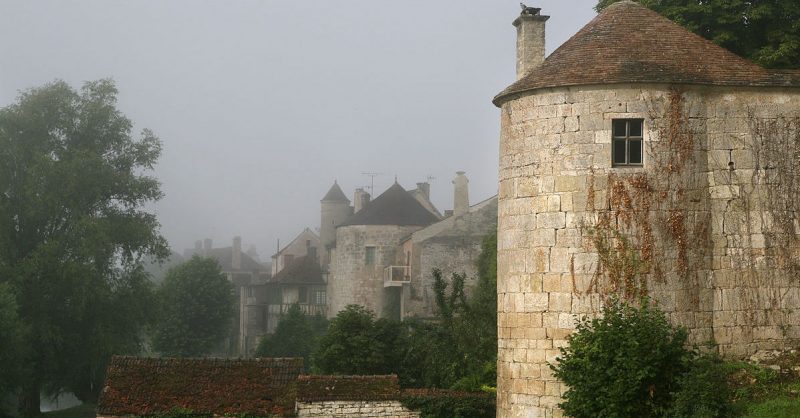As the sun rises over the battlefield, a column of knights gallops towards the assembled infantry. Banners flutter and arrows hurtle through the air as two armies collide in pitched battle.
It’s the classic image of the Hundred Years War, made famous by encounters such as Crécy, Poitiers and Agincourt. But in reality, this was a minority of the action. Most of the fighting in the Hundred Years War involved siegecraft, and the outcome was eventually decided by fortifications.
Why the French Loved Fortifications
For ordinary French people, caught up in a conflict between rival kings, fortifications could be vital to surviving the war. Armies assaulted civilians, stole produce and destroyed homes, making a place of safety vitally important. This could be a church or manor house with added defenses, capable of holding off a small raiding party; a castle to which locals could briefly retreat; or a town capable of holding thousands of refugees while the enemy waited outside the walls.
For French leaders as well, fortifications were a great boon. Geography made a long, slow struggle more advantageous for them than for the English, who had to make more effort to get troops into action across the Channel. Fortifications were vital to a strategy of holding on and waiting out the enemy.
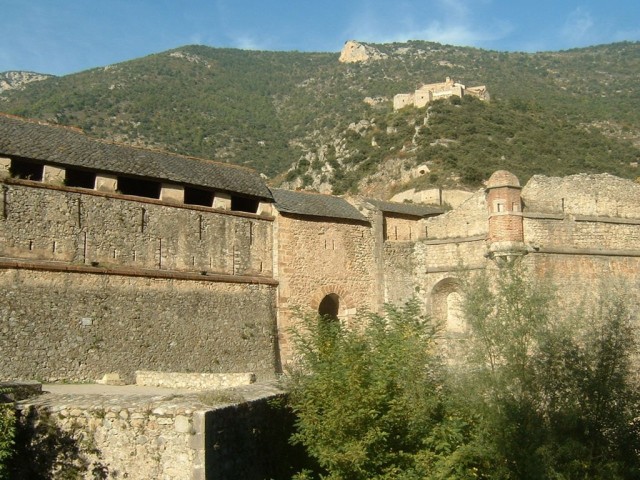
Why the English Hated Them
While the English found themselves the besieged as well as the besiegers from time to time, they were not the ones defending their homeland. Fortifications were more likely to be a problem for them, slowing down or blunting the impact of aggressive campaigns. It was at the siege of Orleans that they were famously thwarted by Joan of Arc. Even in earlier, more successful campaigns, sieges brought trouble, as when the English army became stricken with dysentery outside the walls of Harfleur.
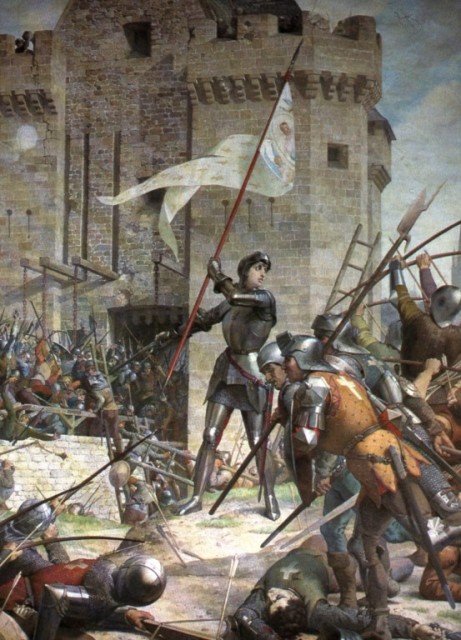
The most successful English campaigns were chevauchées – extended raids, sometimes by large armies, that burned and pillaged their way across France. If they wanted to tackle heavily fortified locations, then they had to take siege equipment, which would slow down the chevauchée letting enemies catch up with them. If they didn’t, then they would usually have to skirt around a heavily defended area, leaving valuables un-stolen and enemies in their rear.
The French Fortify
As the chronicler Froissart noted, many French towns were poorly defended at the outbreak of the Hundred Years War. Fortifications were out of date and in a terrible state of repair. Many places relied on a ditch and water, not enough to hold back a determined attacker. There was no central control over the construction and maintenance of defenses.
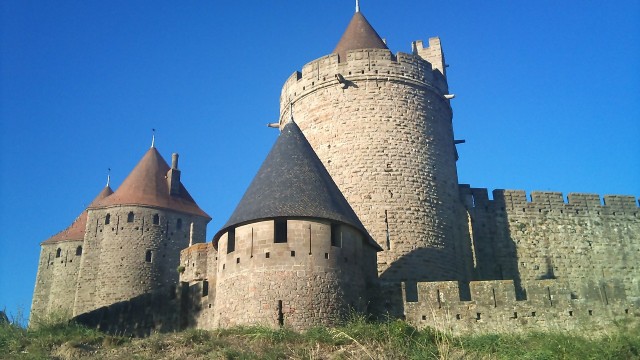
As the conflict escalated in the 1340s, all this changed. By order of the King of France, defenses were repaired and improved. This was done at the expense of local people, and so was often done cheaply. Old building materials were recycled, and people who lost property were often not recompensed for their loss.
Local taxes were gradually brought in to help with erratic funding. From 1367, a portion of royal taxes was also left with some towns to fund their defenses, as royal taxation became more acceptable.
In the face of the English threat, France threw up its walls.
Towns Over Castles
This involved a shift in focus for defensive works, away from the castles of the nobility and towards town walls. With so many people needing shelter, and towns playing such an important part in maintaining local economies, it made sense to defend them better.
Reims provides an example of this. Work had begun on building defenses for the town in the early 14th century, but then been abandoned. After the victory at Crécy gave the English the upper hand, work recommenced, the French scrabbling for any advantage. Despite delays caused by the Black Death, these walls were completed in 1358. When King Henry III of England besieged the town in 1359-60, he was unable to force a way in.
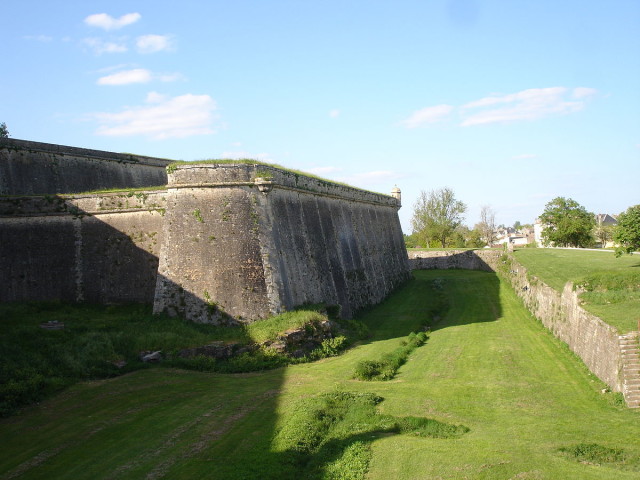
The English Get Offensive
In the early 15th century, the English approached the war with renewed determination. Having temporarily overcome their internal power struggles, and reinvigorated by the leadership of Henry V, they tried to gain firmer control of northern France. Now the fortified towns were a real problem for them and had to be tackled head-on.
While encounters such as the 1418-19 siege of Rouen involved some traditional siege methods, a new technology was also making its presence felt. Cannons, a novelty at the start of the war, had become a vital part of the besieger’s arsenal, and a status symbol in any royal army. Together with mining, trebuchets and other older approaches, they increased the ability of both sides to crack open the tough shell of any settlement or castle they wanted to take.
Just as the English became more interested in attacking towns, their ability to do so improved.
Cannons and the Changing Face of Military Architecture
As has happened throughout history, an improvement in offensive technology was followed by an improvement in defensive technology.
The walls the French had raised in the early years of the war had been tall and thin. Their main purpose was to be difficult to ascend so that English ladders and siege towers had a tougher time carrying men to the battlements. The longer soldiers spent on those perilous climbs, with rocks and boiling liquids pouring down upon them, the more likely that they would never reach the top.
Tall thin walls were vulnerable to cannon fire, especially once metal shot was introduced, and so changes were made. Shorter, thicker walls could withstand this better, and construction shifted in this direction. At Mont-Saint-Michel around 1440, an early bastion was included – a firing position on which defenders could mount their guns. Such developments would only reach their refined form decades later in Italy, but the beginnings of significant changes happened in France.
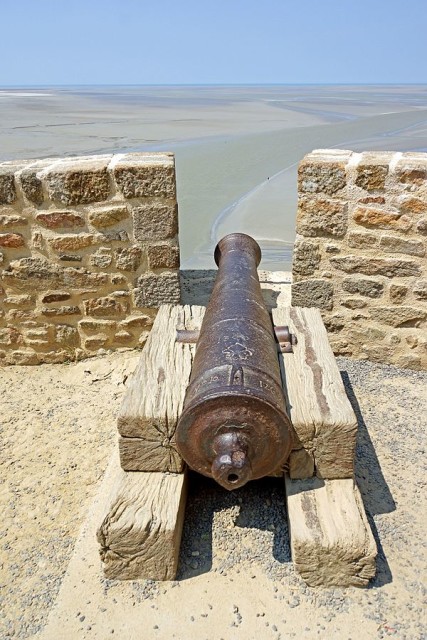
Fortifications were vital to the Hundred Years War. They were a blessing to the French, a challenge to the English, and a slowly developing art that reflected changing times.
Source:
Christopher Allmand (1989), The Hundred Years War: England and France at War c.1300 – c.1450.
